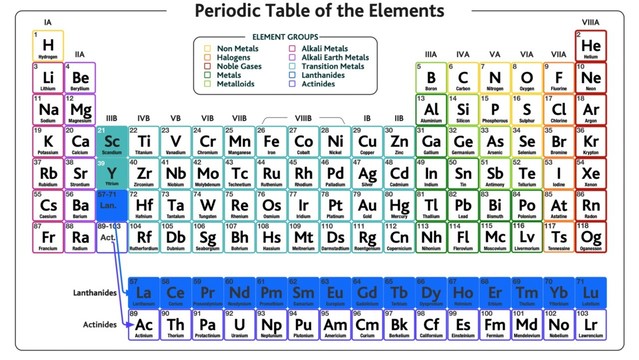Recent searches
Search options
@Nicovel0 @ChrisMayLA6 possibly, but any strategy to build competitive Sodium ion batteries needs to simultaneously establish a local supply chain for the cathode and anode minerals and (since the batteries have lower storage density) a whole range of downstream applications to keep the factory supplied with volume customers. I think politicians fall into trap of thinking about the cell factory in isolation.
Yes, again that's a fair comment (and an issue, like the politicians I had probably downplayed in my mind)... I guess this is where a concerted EU-led project might work? Or maybe its too late even for that?
@Nicovel0 @ChrisMayLA6 I don’t know. Buying the machines that spread mixtures of minerals on metal foils and stuff the result in a can or pouch is the easy part. We could buy our way into ASSEMBLING batteries. But I don’t know where we’d get the raw materials because China has inserted itself into key parts of the supply chains. I don’t think we’ve got a true strategy for using what we make in stuff people buy, aside from some vague notion that it goes in cars.
@christineburns @Nicovel0 @ChrisMayLA6
In principle, they are in the sea.
In practice there are stronger brines for Li, in old Cornish Tin etc workings, and warmer as well.
Rare earths are not very rare, I think the Chinese ores are good but not so much better than others that it matters.
@Nicovel0 @ChrisMayLA6 @midgephoto That last part about ‘rare earths’ not being rare is something I find myself saying a lot. They’re just an awkward squad of 17 elements that don’t play nice with the otherwise neat symmetry of the Periodic Table https://en.wikipedia.org/wiki/Rare-earth_element


